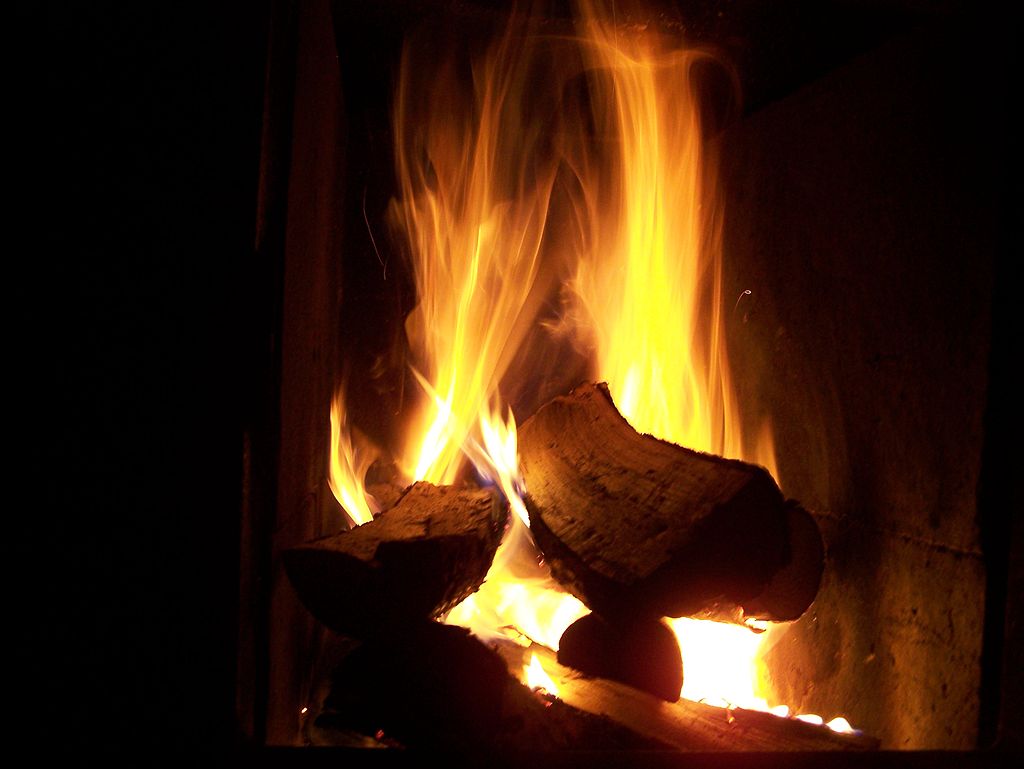
The days of wood heaters in Canberra homes are numbered, but it needs to happen sooner rather than later. Photo: File.
The best heating system we ever had was a wood heater in a Stirling home with good insulation in the early 2000s.
It wasn’t just the charm or nostalgic attachment that Environment Minister Rebecca Vassarotti say is the main attraction of fire, although the ambience is wonderful.
The quality of the heat, radiating throughout the property and into its thermal mass, meant the home remained snug long after the fire was tamped down and into the wee hours.
It was far more efficient than gas and electricity, and even then, cheaper, although the advent of infrared panels may offer an alternative that provides that thermal warmth.
One can understand why, in the era of bill shock, some Canberrans have opted to install wood heaters. While there is no figure for how many exist in the Territory, the number has grown with a survey suggesting 11 per cent of Canberrans have them.
But the end is almost nigh, with the ACT Government edging ever so carefully towards banning them in urban areas in its announced move to a phase-out by 2045, a year plucked from the gas phase-out policy.
It’s long enough away for some not to worry, but the reality is legislative action could and should occur much sooner if the government believes its own advice that there is no safe level of wood smoke and that winter air quality and the health of Canberrans are being compromised.
Aficionados and manufacturers insist that the real problem is with the wood and other combustibles that people use in their heaters.
That’s softwood, green wood, moist wood, not the recommended cured hardwood eucalypt, which should burn cleanly in a modern heater and emit just carbon dioxide, ash residue and water vapour.
But look out over the Tuggeranong Valley on winter’s morning with a classic weather inversion and the pall of smoke hanging over the suburbs is palpable.
According to Commissioner for the Environment Dr Sophie Lewis’s investigation, that smoke contains a mixture of pollutants, including particulate matter, carbon monoxide, carbon dioxide and volatile organic gases, which are detrimental to human health.
The fine particulate matter is most worrying and is linked to cardiovascular and respiratory illnesses, strokes, cancer, dementia, premature births, and complex developmental conditions such as autism, attention deficit and reduced IQ in children.
Some households with neighbouring wood heaters suffer through every winter as smoke shrouds and infiltrates their properties and their complaints fall on deaf ears.
There are side issues, such as the impact on the environment of wood collection, such as the loss of habitat for wildlife and carbon emissions, but it is the health impacts that are demanding government action.

Smoke from wood fire heaters over the Tuggeranong Valley. Photo: Clean Air Canberra.
Yet, despite it being a problem long known, governments have tried to avoid being singed by such a polarising issue, relying on incentive programs to help people switch, but the success rate is persistently low.
This government is no different, announcing a phase-out but talking about the need for more consultation, the need to do the policy work and more analysis before acting on the recommendations from the commissioner that it has agreed to.
With an election a little over a year away, a brawl with wood heater owners, suppliers and firewood merchants is not welcomed, particularly if the issues get conflated with climate and libertarian conspiracy theories.
The easiest first step is to extend the current ban in some areas to any new suburbs and then to any new installations elsewhere.
But eventually, the government will have to bite the bullet and get rid of the things if it is serious about improving winter air quality and protecting people’s health, something we all pay for eventually.
While the end date is 2045, almost a generation away, taking that long would be a dereliction of duty.
No matter who wins the election, the issue should be dealt with in the next term of government.















